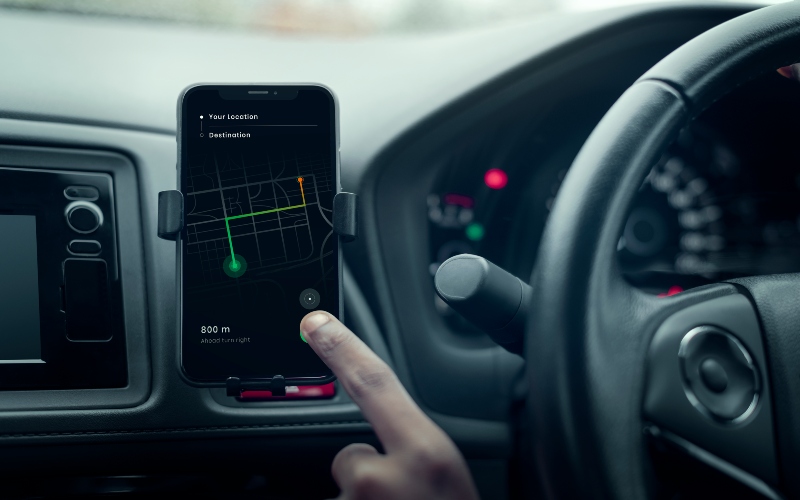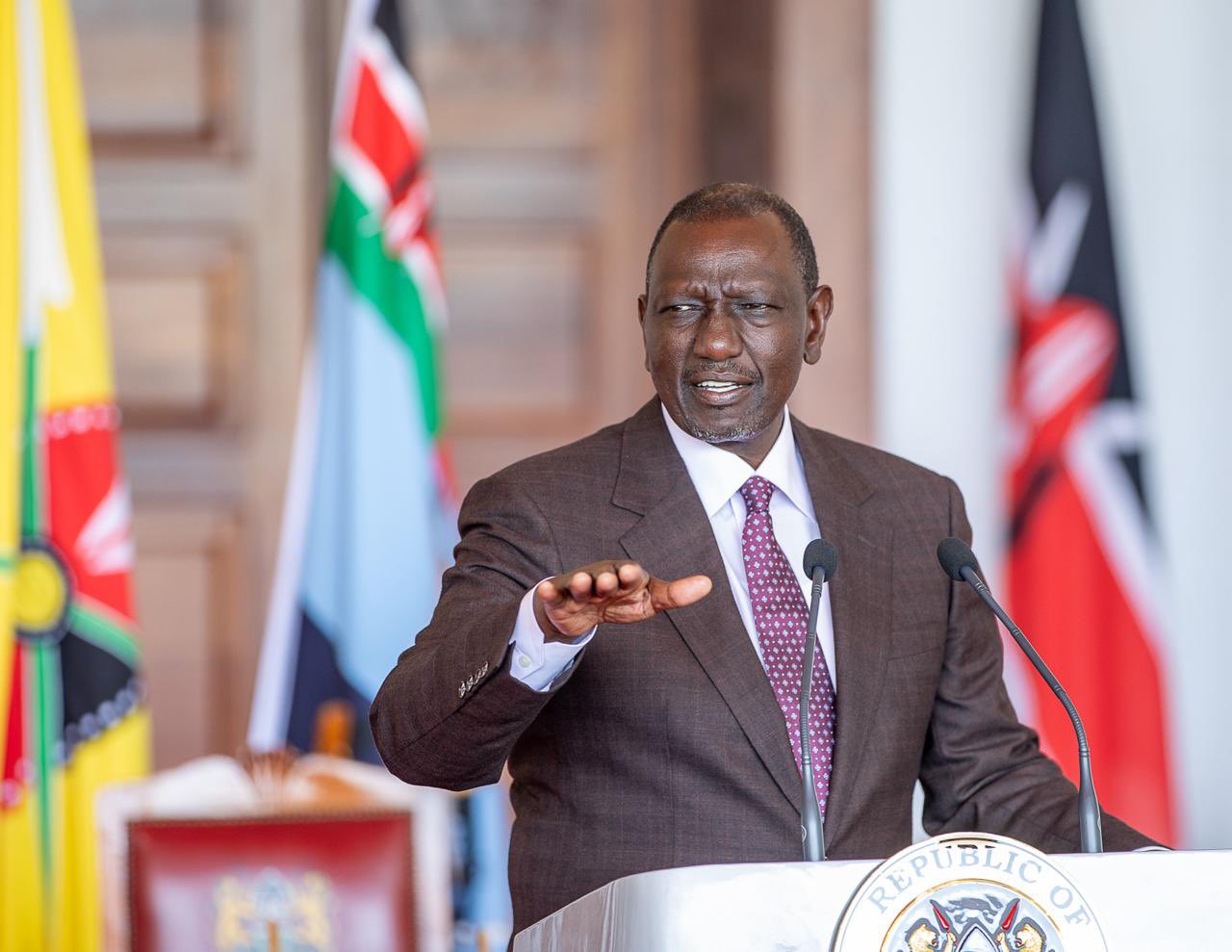Cab fares to rise as government revises digital taxi rates to cushion drivers

Under the revised structure, vehicles with engines up to 1050cc will earn Sh33.1 per kilometre, up from Sh22, while cars with engines from 1051cc to 1300cc will now get Sh36.8 instead of Sh26.
Digital taxi drivers in Kenya are set to see an increase in fares after the government stepped in to enforce fair pay.
The move comes after years of tension between drivers and app companies, with drivers arguing that the existing rates were too low to support their livelihoods.
More To Read
- Eight things that make you a nightmare cab passenger in Nairobi
- Motorists Association slams cabinet’s Kiambu Road dualling plans
- Women drive Kenya’s ‘cab’ boom as safety, convenience take the lead
- 10 things that make you a nightmare cab passenger in Nairobi
- Ngong Road users warned of daily diversions near Junction Mall until December 10
- Motorist association warns Rironi–Nakuru–Mau Summit Highway expansion to benefit foreign firms, burden taxpayers
The Ministry of Transport has directed app owners to adopt the pricing recommendations issued by the Automobile Association of Kenya (AAK) in 2023.
Under the revised structure, vehicles with engines up to 1050cc will earn Sh33.1 per kilometre, up from Sh22, while cars with engines from 1051cc to 1300cc will now get Sh36.8 instead of Sh26.
This adjustment represents roughly a 50 per cent increase and marks the government’s strongest intervention in the ongoing fare dispute.
Addressing drivers at the Ministry offices in Nairobi, Paul King’ori, the Director for Road and Railways Transport, speaking for Transport Cabinet Secretary Davis Chirchir, said, “The first directive is that app owners must use the AAK rates. We have also communicated with the World Bank to engage a consultancy to help draft the National Taxi Pricing Policy as a long-term strategy to improve the sector. Let us be patient.”
During the briefing, King’ori read out the advisory and the directive letter from Chirchir to the app companies.
“You (digital taxi app owners) should provide a formal response to this office within seven days outlining the steps you have taken to address these legitimate grievances. We have given them a week because the companies are global and must consult widely,” he said.
Drivers described how low fares have made the business challenging.
“In 2011, we were getting as high as Sh67 per kilometre. I used to make Sh5,000 per day and even bought three more taxis, which I gave to other drivers who would pay me Sh2,000 per day. The business has become so bad that I had to sell the extra vehicles because my drivers could not afford to bring me something tangible every day,” said Justus Mutua, spokesperson for the Amalgamation of Digital Taxis Associations in Kenya.
He explained that the low rates caused reduced earnings, overwork, loan defaults, and a rise in vehicle repossessions.
Justin Nyagah, the chairperson of the association, described the government directive as “a reason for celebration”, saying it would strengthen drivers’ push for fairer terms.
“After several engagements with the ministry and the National Transport and Safety Authority (NTSA), we agreed that the Transport CS will write to the digital taxi app owners directing them to comply with the AAK rates. We are grateful to God that this has come to pass,” he said.
Yahya Ahmed, NTSA Head of Licensing for Transport Network Companies, assured drivers that their concerns had been taken seriously.
He noted that while the 2023 advisory had been widely shared, it was never formally enforced due to conflicting interests, lack of a unified regulatory framework, and the absence of a national pricing policy.
For many drivers, the move offers relief and protection against app companies lowering fares under the guise of competition. Ride-hailing firms have not yet publicly commented, but drivers warned that protests will follow if compliance does not occur within seven days.
“If they fail to comply within seven days, we will hit the streets and take our protests to their doorsteps and not to the Ministry of Transport,” one driver said.
Top Stories Today











































